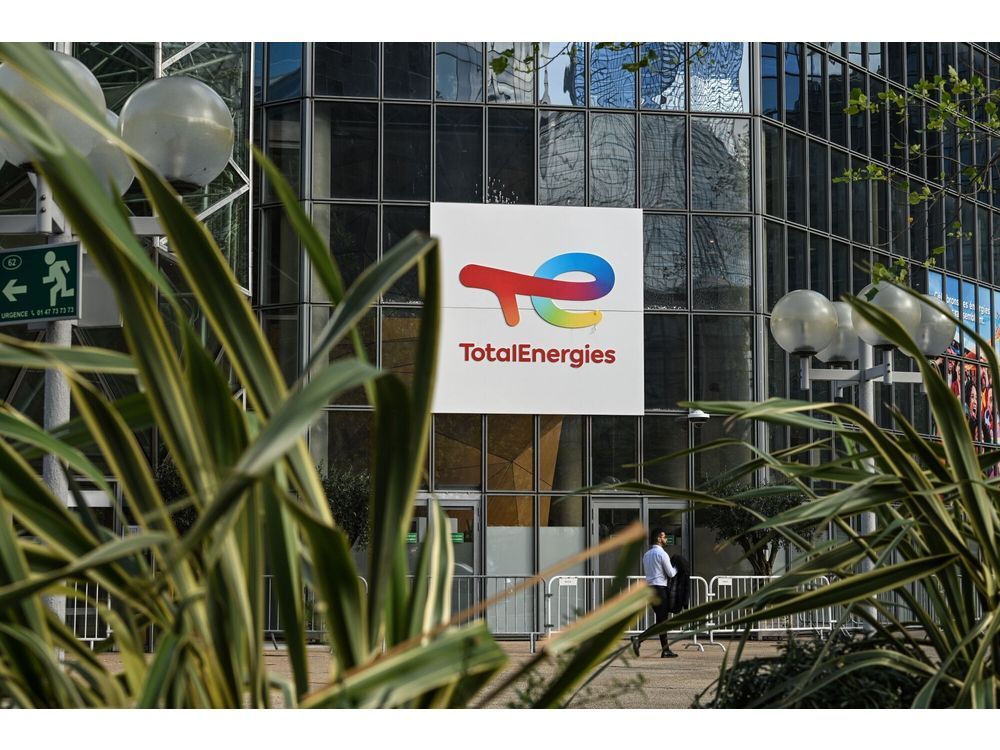When it comes to marketing, metrics and measures play a crucial role. ROAS, or Return on Ad Spend, stands out as an essential tool. It’s not just about numbers or percentages, it’s about understanding the profitability of advertising efforts.
This measure can shine a light on the ad campaigns, guiding marketers toward more profitable strategies. Where completion is high, this metric highlights successful campaigns.
Understanding how it works and how it can help optimize marketing efforts is crucial for any business.
What is ROAS?
Return on Ad Spend, commonly known as ROAS, is a marketing metric that calculates the total revenue generated for every dollar spent on advertising. It’s essentially a measure of the effectiveness of an ad campaign.
By comparing the money made to the money spent, it shows the financial impact of advertising efforts. If the ROAS is high, it means the ad campaign is successful and profitable.
If it’s low, it indicates that the advertising strategy may need a relook. Thus, ROAS offers a clear picture of whether or not the investment in advertising is paying off.
It is mostly useful for digital marketing, where it’s easier to track and measure ad spending and revenue.
How ROAS Works
In digital marketing, business owners and marketers need to know the ROAS of their ad campaigns.
It’s a simple formula that divides the revenue generated by the cost of advertising – the result is typically expressed as a ratio or percentage.
Since there are multiple ways to market online, it’s important to keep track of the ROAS for each channel.
For example, if a business runs ads on social media, search engines, and affiliate sites, the ROAS for each platform can provide insight into which channels are generating the most profit.
By tracking ROAS regularly, businesses can identify trends and adjust their marketing strategies accordingly.
Calculating ROAS
The formula for calculating ROAS is
ROAS = (Revenue from ads / Ad Cost) x 100
Where,
- Revenue from ads is the total amount of revenue generated by the ad campaign
- Ad Cost is the total cost of the ad campaign, including any associated fees or expenses
Example of ROAS
Let’s a business invested $2,000 in a Facebook ad campaign and generated $10,000 in revenue from the campaign.
Using the ROAS formula, we can calculate that their ROAS is
ROAS = ($10,000 / $2,000) x 100
= 5 x 100 = 500%
This means that for every dollar spent on the ad campaign, the business earned $5 in revenue.
On the other hand, if the returns were lower, say $1500 in revenue, the ROAS would be
ROAS = ($1500 / $2,000) x 100
= 0.75 x 100 = 75%
This indicates that the ad campaign is not as successful and may need to be adjusted or discontinued.
Difference Between ROI and ROAS
ROI, or Return on Investment, is another important metric used in marketing. While both ROI and ROAS measure the profitability of advertising efforts, there are some key differences between them.
- ROI takes into account all expenses associated with a campaign while ROAS only considers the cost of advertising
- ROI takes into account long-term effects while ROAS focuses on short-term profitability
- ROAS is typically used for digital marketing while ROI can be used for any type of investment, including real estate, stocks, etc…
Conclusion
Understanding ROAS is crucial if a business wants to maximize its return on ad spend. By regularly tracking this metric, businesses can make informed decisions about their advertising strategies and optimize their marketing efforts. Since competition these days is on the rise, it’s important to have a tool like ROAS that can provide valuable insights and help businesses stay ahead of their competition.
Further questions
What's your question? Ask it in the discussion forum
Have an answer to the questions below? Post it here or in the forum





TotalEnergies SE said it won’t make any fresh investment in Indian conglomerate Adani Group until the consequences of US bribery indictments against founder Gautam Adani and other individuals have been clarified.